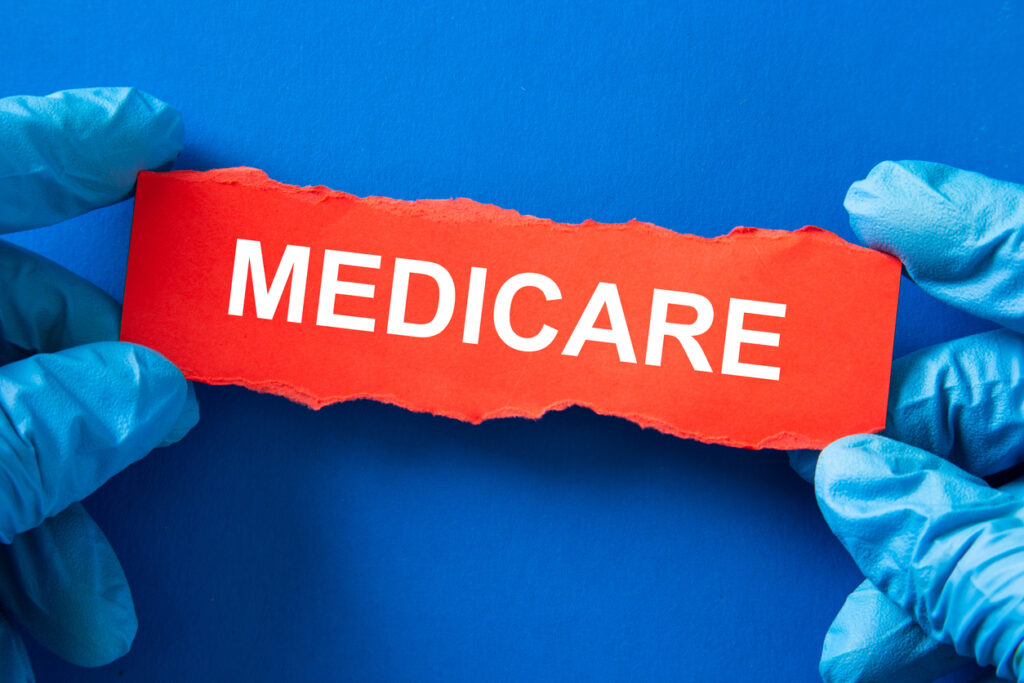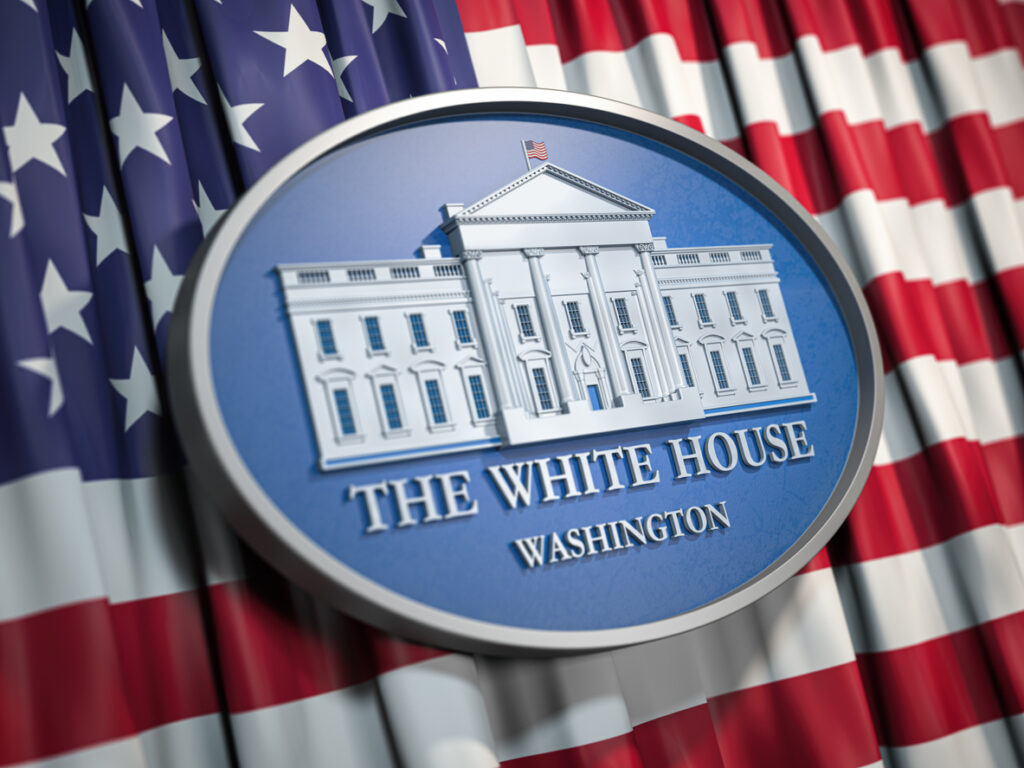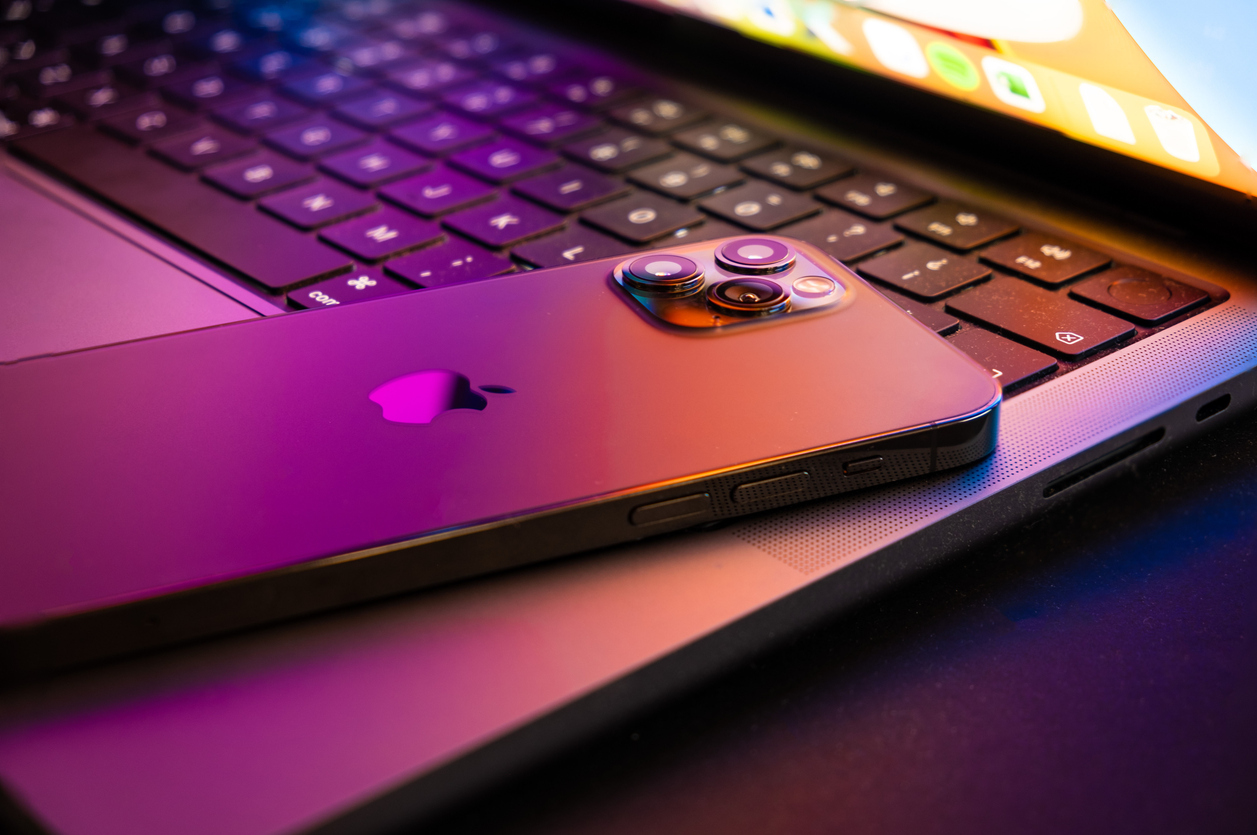Inflation in the United States has decided to stick around a bit longer, like an unwelcome guest who doesn’t quite catch your hints to leave. According to the latest reports from the Labor Department, consumer prices rose by 0.4 percent from January to February, marking a slight acceleration compared to the previous month’s 0.3 percent increase. Year over year, prices climbed 3.2 percent last month, revealing that inflation, much like a persistent cold, is easing but at a painfully slow pace.
The Culprits Behind the Persistent Price Pressures
Among the main drivers of this stubborn inflation is the cost of gas, which, like an unpredictable friend, shot up by 3.8 percent from January to February. However, there’s a silver lining as grocery prices decided to take a breather and remained unchanged last month, showing a modest 1 percent increase from the year before. Other expenses, including clothing, used cars, and the ever-mounting rent, nudged inflation upwards.
Economists’ Crystal Ball: A Slow Decline Expected
The consensus among the economic wizards is that inflation should continue its gradual descent throughout the year. However, the recent uptick might just be the Federal Reserve’s reminder to not get too comfortable with slashing interest rates just yet.
A Glimpse of Hope Amid Challenges
On the bright side, the prices of some goods, such as appliances, furniture, and those elusive new cars, are actually taking a dip. Thanks to the easing of those once-tangled supply chains that turned shopping into a treasure hunt during the pandemic. But, the battle isn’t over. The cost for services, including those unexpected dental visits, car repairs, and the skyrocketing car insurance rates, continue to climb, pushing the overall inflation up.
Inflation in the Election Spotlight
With the presidential election on the horizon, the inflation narrative is bound to take center stage. Despite a job market bursting at the seams with opportunities and a stock market reaching new heights, many Americans find it hard to look past the price tag increases that started back in 2021. President Joe Biden, in a recent speech, took the chance to highlight efforts to curb costs and pointed fingers at large corporations for “price gouging” and shrinking product sizes rather than outright price hikes.
Fed’s Cautious Optimism and What Lies Ahead
Federal Reserve Chair Jerome Powell hinted at a potential light at the end of the tunnel, suggesting that rate cuts could be on the horizon. The economy’s resilience, defying recession predictions with robust hiring and steady growth, plays a significant role in shaping the Fed’s decisions. The central bank eyes a cautious path forward, balancing between encouraging economic health and keeping inflation in check.
What This Means for You
Navigating through these inflationary waters requires a steady hand. For the average American, it means adapting budgeting strategies, seeking cost-effective alternatives, and keeping an eye on interest rate movements that could affect loans and savings. As we collectively hope for inflation to take its leave, staying informed and flexible will be key to weathering the economic fluctuations.
In Summary
While inflation stubbornly clings on, signaling challenges for both policymakers and households, there’s cautious optimism that we’ll see a return to more manageable levels. The journey might be slower than desired, but with a combination of strategic policy adjustments and a resilient economy, we might just be able to guide this unwelcome guest to the door.











